NOC 2021
Every ten years, the National Occupational Classification (NOC) undergoes a major structural revision whereby the framework of the Classification and the existing occupational groups are reviewed. The release of the NOC 2021 will be the product of this 10-year cycle and will reflect changes in the economy and in the nature of work.
The NOC 2021 is the result of a major revision cycle that involved in-depth research, analysis, and assessment of the input received through consultations and occupational research. Input from the public and stakeholders has been an integral part of the revision process.
The NOC 2021 was developed in partnership with Statistics Canada and will be published on Employment and Social Development Canada’s (ESDC) website in the coming months. However, in order to provide organizations and programs with enough time to make a proper transition from NOC 2016 to NOC 2021, the latter is expected to be implemented and become the official classification used by ESDC in the second half of 2022.
The new NOC 2021 includes structural changes such as the addition, aggregation or merging, and splitting of unit groups as well as the reorganization of certain groups across broad occupational categories and Training, Education, Experience and Responsibilities (TEER) categories. The new NOC 2021 also:


